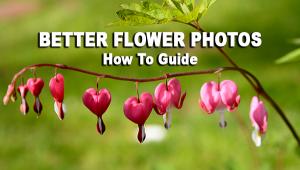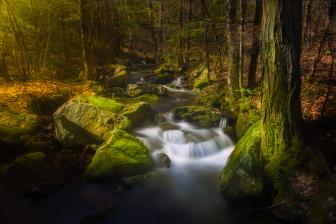COLOR TEMPERATURE Demystified: How it Affects Your Photos (VIDEO)

Color temperature is a very important photographic concept that can be difficult to understand—depending upon who is doing the explaining. Booray Perry is an instructor who specializes in quick tutorials that simplify so-called “complicated” considerations, and that’s exactly what he does in the quick video below.
In simple terms, color temperature involves a numerical way to describe the warmth or coolness of light that affects all colors in the spectrum. It can make a significant difference in the look of all types of photos and can be adjusted in the camera or during the editing process.
In this six-minute episode Perry demystifies the process so you can give photos a variety of different the moods, simply by adjusting color temperature to suite the task. This is the first of a two-part series—with the next installment explaining White Balance settings and how they interact with today’s topic.
The notion of color temperature was broached many years ago by William Thomson, who Perry humorously refers to as “Lord Kelvin” or “K-Diddy.” Thomson wasn’t specifically concerned with photography when he came up with the idea of defining the color of light by burning carbon—observing how carbon turned from red to white hot, and then to blue as the heating process progressed.

Thomsen then quantified the varying colors of burning carbon in terms of degrees Kelvin, a measurement that’s still used today. So candlelight has a value of 2000 Kelvin, while according to this measurement scheme daylight is described as 5,500 Kelvin.
In terms of what you see through the viewfinder and how color temperature affects your photos, Perry says it’s important to understand that “the human mind tends to make most forms of light appear white to us.” And that has serious ramifications for the White Balance settings you choose if you want to capture images that accurately capture a scene (or change the look to make it appear warmer or cooler).
One example would be if you photograph a landscape under cool tones of dawn, but want it to look like a Golden Hour shot (or vice versa). After watching the video you’ll understand how color temperature works, and be well prepared for the next episode that adds White Balance settings into the mix so you’ll know exactly what to do.
The next time you’re flummoxed by an important photographic term, pay a visit to Perry’s YouTube channel where you’re likely to find a simple explanation.
And be sure to check out another of his tutorial we posted in the past, explaining how to use EV-Compensation for nailing exposure in the camera.
- Log in or register to post comments








































